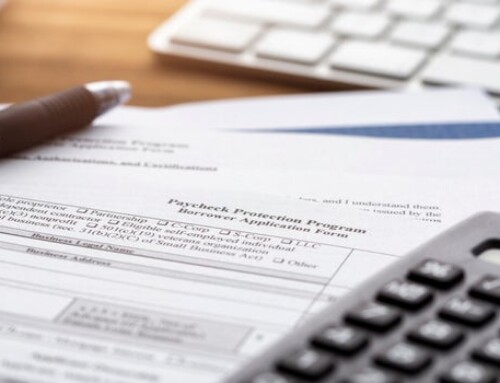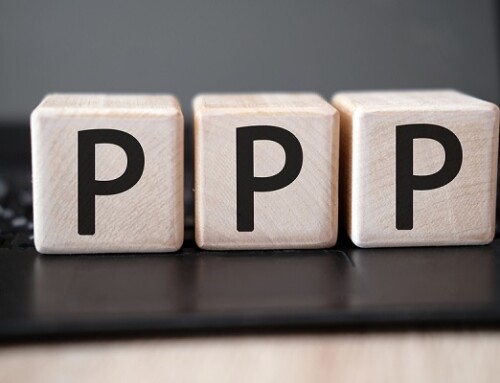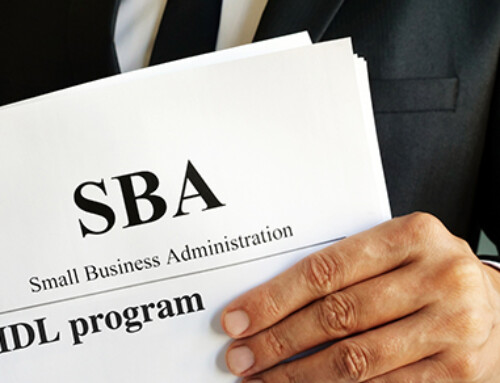Since you report your business income and expenses on Form 1040, Schedule C, you have a unique tax-planning possibility when replacing your old business vehicle and when the following situations occur:
- your taxable self-employment income (Schedule C income) is $137,727 or less;
- you are using actual expenses (not the mileage rate) to deduct the replacement vehicle; and
- the outright sale of your old business vehicle would result in a taxable gain.
In this case, you want to sell the old vehicle at a taxable profit and pay the taxes. I know that paying taxes does not seem appealing, but stay with me.
To see how you save taxes, let’s look at an example: Say you buy a new sport-utility vehicle (SUV) with a gross vehicle weight rating (GVWR) greater than 6,000 pounds. To focus only on this concept of saving taxes (actually, self-employment taxes), assume 100 percent business use and the following facts:
- You sell your current SUV for $20,000.
- Your basis in this current SUV is zero (you expense and depreciated your original cost to zero).
- You want to buy a new SUV that costs $40,000.
- You will write off the $40,000 purchase as soon as possible, using Section 179 expensing, bonus depreciation, and MACRS depreciation.
- Your business income during each of the six write-off years will be less than the Social Security maximum, currently $137,727 (as above).
Bad choice. If you trade in the old SUV on the new SUV, you have a Section 1031 exchange. Your basis in the new SUV after the exchange is $20,000 (the price you paid to the dealer to complete the trade because your basis in your old vehicle was zero). On your tax return, you elect Section 179 to fully expense the $20,000, and that produces self-employment tax savings of $2,826 ($20,000 x 15.3 percent x 92.35 percent).
Good choice. Now, rather than do the exchange, you sell the old SUV, pay the taxes on that sale, and then buy the new SUV. You report the sale of the old SUV as the sale of a business asset on IRS Form 4797, where the profit of $20,000 does not cause any self-employment taxes.
You can ignore the ordinary income tax because the net deduction for ordinary income tax purposes is going to be $20,000 under both the 1031 exchange and the sell-and-buy strategy.
On the purchase of the new $40,000 SUV, you Section 179 expense and depreciate the $40,000. This produces self-employment tax savings of $5,652 ($40,000 x 15.3 percent x 92.35 percent).
The Winner
Thus, the sell-and-buy strategy produces an extra $2,826 in self-employment tax savings ($5,652 minus $2,826).
You could save more or less than in my example. But if this looks like something you would like to explore with your vehicle, please call, and we’ll find out how much you can save.





